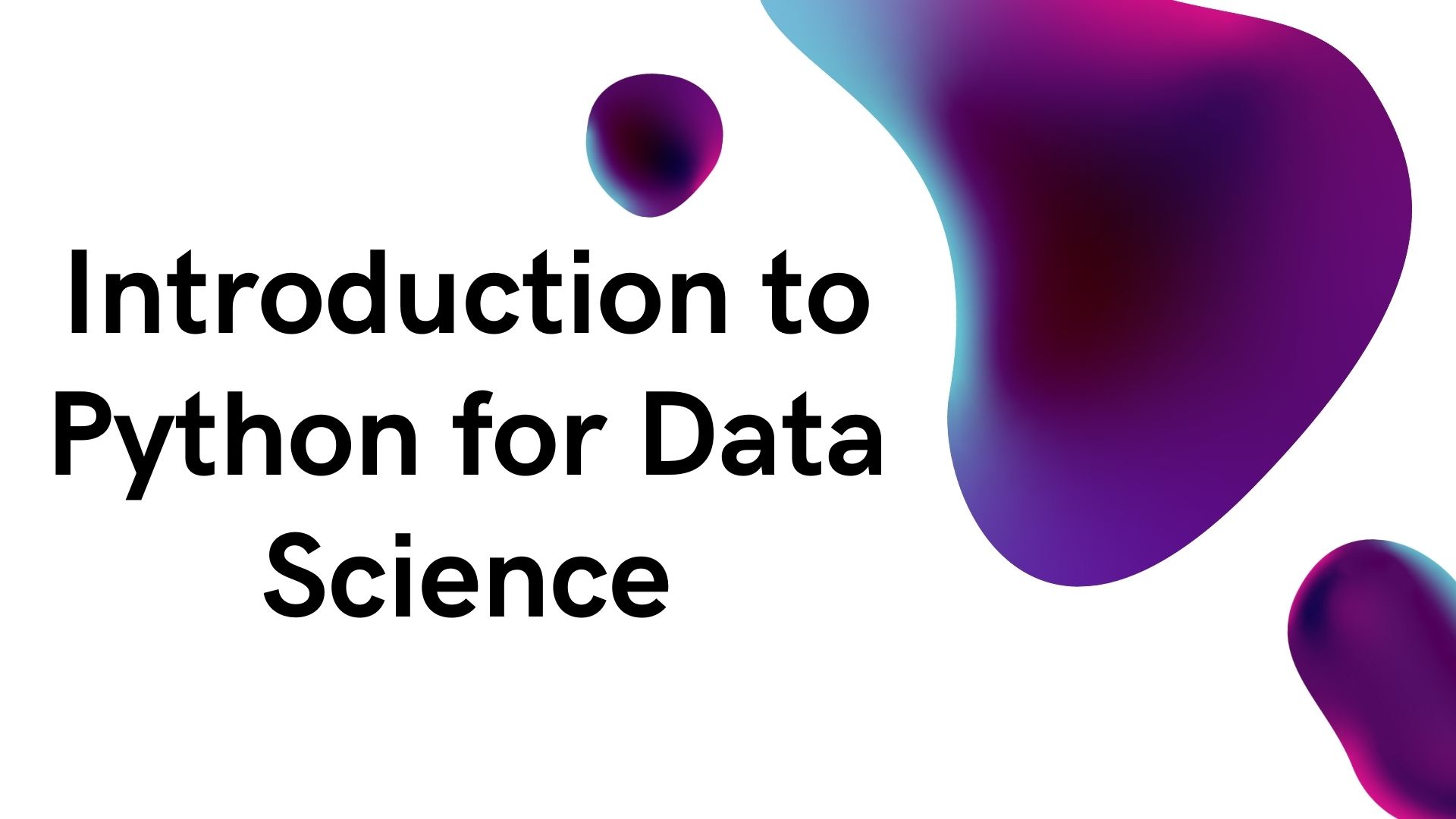Introduction to Python

What is Python?
Python is a high-level, interpreted programming language that was created in the late 1980s by Guido van Rossum. It is designed to be easy to read and write, with a simple and intuitive syntax. Python has become one of the most popular programming languages due to its versatility and broad range of applications, including web development, data analysis, machine learning, artificial intelligence, scientific computing, and more.
Python is an object-oriented language, meaning it allows programmers to create reusable blocks of code, called classes, which can be used to create objects that contain both data and functionality. Python is also dynamically typed, meaning that variable types are determined at runtime, rather than being specified explicitly in code.
Python has a vast standard library and an extensive ecosystem of third-party libraries and frameworks, which makes it easy to get started and build complex applications quickly. Additionally, Python has a thriving community of developers who contribute to the language's growth and development.
What Can Python Do?
Python is a versatile language that can be used for a wide variety of applications, including:
- Web development: Python can be used to build web applications using popular web frameworks like Flask and Django.
- Data analysis and visualization: Python has a number of powerful libraries for data analysis and visualization, such as NumPy, Pandas, and Matplotlib.
- Machine learning and artificial intelligence: Python is a popular choice for machine learning and AI applications, with libraries like TensorFlow and Keras.
- Scientific computing: Python is commonly used in scientific computing applications, with libraries like SciPy and SymPy.
- Automation: Python can be used to automate tasks, such as web scraping, file management, and system administration.
- Gaming: Python can be used to build games using libraries like Pygame
- Desktop application development: Python can be used to create desktop applications using libraries like PyQt and wxPython.
- Internet of Things (IoT): Python can be used to program microcontrollers and IoT devices.
- Education: Python is a popular language for teaching programming in schools and universities due to its simple and intuitive syntax.
Why Python instead of R for data science?
Both Python and R are popular programming languages used for data science and analytics. Here are some reasons why one might choose Python over R:
- General-purpose programming language: Python is a general-purpose programming language, which means it can be used for a wide variety of tasks beyond data science. This makes it a more versatile tool for developers who may need to work on projects beyond data science.
- Large developer community and ecosystem: Python has a large and active developer community, which means there are many resources, tools, and libraries available to help developers get started and work more efficiently.
- Faster runtime: Python's runtime is generally faster than R's, especially when it comes to executing larger datasets and more complex algorithms.
- Better integration with other technologies: Python integrates well with other technologies and tools, making it easier to work with other applications and systems.
- Machine learning libraries: Python has a range of powerful machine learning libraries, such as TensorFlow and PyTorch, which are widely used in data science applications.
That being said, R also has its own set of advantages, particularly in the areas of statistical analysis and data visualization. Ultimately, the choice between Python and R will depend on the specific needs and preferences of the data scientist or analyst.
That's all for this blog, See you next time!